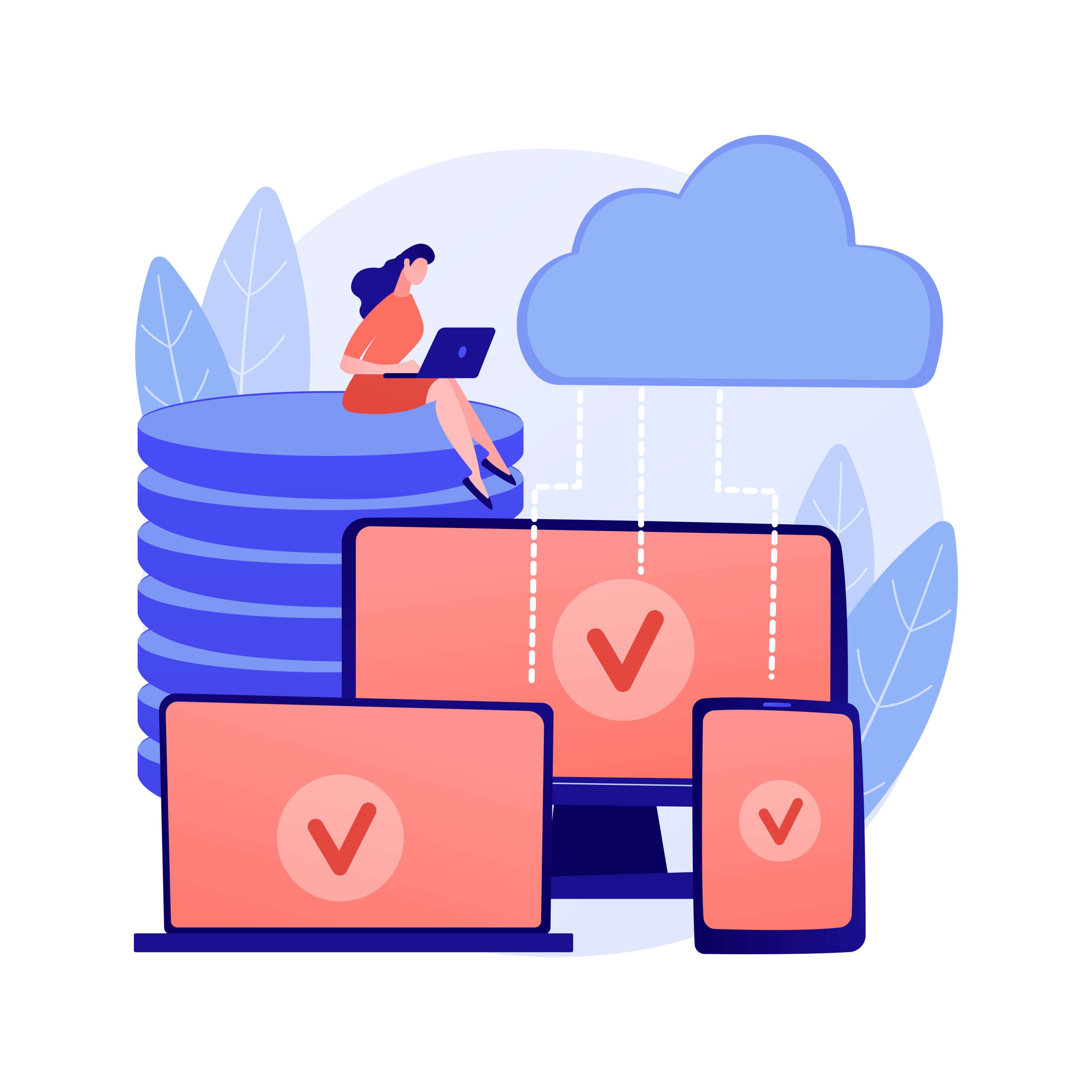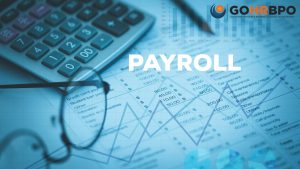Payroll in Singapore… it can feel like a whole different language, can’t it? But don’t stress! We’re here to be your payroll translator, breaking it down into simple steps. Whether you’ve been doing payroll for years or this is your first time, think of this guide and our Singapore payroll process flow chart 2024 as your cheat sheet for getting it done right. You got this!
Understanding the Singapore Payroll Process Flow Chart 2024
Let’s walk through each stage:
Step 1: Gather Employee Data
- New Hires: Collect their NRIC/FIN, bank info, tax forms, and any relevant documents for benefits or allowances.
- Ongoing Updates: Track changes like salary adjustments, promotions, address changes, etc. Accuracy here is key!
Step 2: Calculate Gross Pay
- Base Salary: Refer to employment contracts.
- Overtime: Singapore overtime laws are specific – track those hours carefully and apply the right rates.
- Bonuses & Commissions: Make sure the terms for these are clear and calculate accordingly.
- Allowances: Are there housing, transport, or other allowances applicable?
Step 3: Deductions & Contributions
- CPF: This is the big one! Calculate employer and employee CPF contributions based on age brackets and salary thresholds.
- SDL (Skills Development Levy): Don’t forget this smaller, but important, payroll deduction.
- Income Tax: Withholding tax accurately helps employees avoid a nasty surprise at tax time.
- Other: Any union dues, company loans, etc., need to be factored in.
Step 4: Net Pay & Payslips
- The Final Tally: Gross Pay – Deductions = Net Pay (this is what your employees actually take home)
- Payslip Clarity: Itemize everything clearly: earnings, deductions, contributions, leave balances… transparency builds trust.
Step 5: Reporting & Filing
- IRAS Submissions: Deadlines are strict! File employee income info and CPF contributions on time to avoid penalties.
- Record Keeping: Store payroll data securely, both for your reference and to be prepared for potential audits.
Singapore Payroll Process Flow Chart 2024: Staying Compliant
- Up-to-Date is Essential: CPF rates, tax brackets… these change. Make sure your calculations (or your payroll software) reflect the latest rules.
- Don’t Go It Alone: Unsure about a complex situation? Payroll providers and tax advisors can offer specific guidance.
- Tech Can Be Your Friend: Software automates tricky calculations and stays updated on regulations, reducing your risk of errors.
When Outsourcing Makes Sense for Singapore Payroll
- Not Just for Big Companies: Outline how even small businesses can benefit from outsourcing some or all of their payroll process.
- Expertise Matters: Highlight the value of providers specialized in Singapore’s regulations, saving you time and reducing compliance risk.
- Scalability Advantage: Explain how outsourcing helps companies manage growth without payroll becoming a bottleneck.
Choosing the Right Payroll Software for Singapore
- Features to Prioritize: CPF calculations, tax updates, IRAS filing capabilities, customizable reporting.
- Security & Compliance: Discuss the importance of data protection and choosing software adhering to Singapore’s standards.
- Integration is Key: Explain how the right payroll software can seamlessly integrate with your existing HR or accounting systems.
Overcoming Common Singapore Payroll Challenges
- Challenge 1: Keeping up with CPF Changes: Briefly explain why CPF is so complex, then offer tips for staying on top of updates (government resources, payroll software alerts).
- Challenge 2: Handling Multiple Pay Components: Discuss the need to clearly track overtime, allowances, bonuses, etc., and the importance of clear documentation within employment contracts.
- Challenge 3: Year-End Tax & Reporting: Emphasize the need for accurate payroll records throughout the year to make tax season smoother.
Beyond the Singapore Payroll Flow Chart 2024: Payroll Best Practices
- Get Organized Early: Payroll waits for no one! Having clear processes and deadlines prevents that last-minute scramble.
- Employee Self-Service (If Possible): Secure portals for updating info, viewing payslips, etc., reduces HR admin.
- Audit Yourself: Periodically review past payrolls, especially if regulations have changed. Catching your own mistakes is always better!
Conclusion
Payroll in Singapore may be complex, but it doesn’t have to be overwhelming. By following a clear process, staying up-to-date, and embracing the right tools, you’ll ensure accurate and compliant payroll – and keep your employees happy! Ready to streamline your payroll process? GOHRBPO offers tailored payroll solutions with an ultimate AI solutions for a smooth singapore payroll process flow chart 2024 to simplify your Singapore payroll. Let’s chat!






